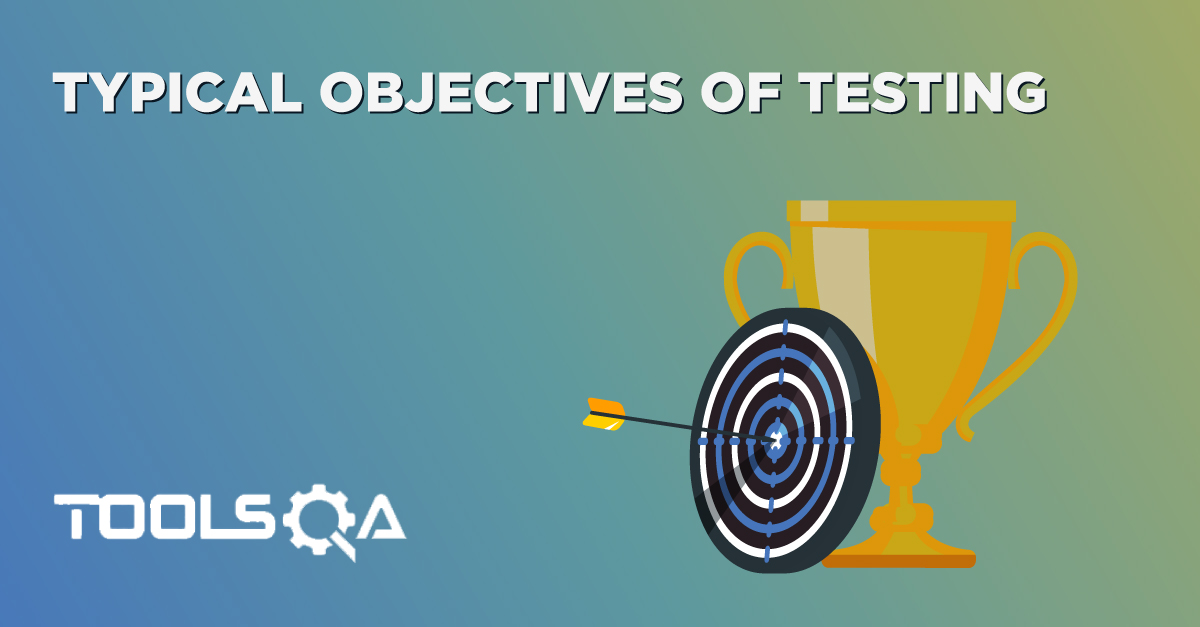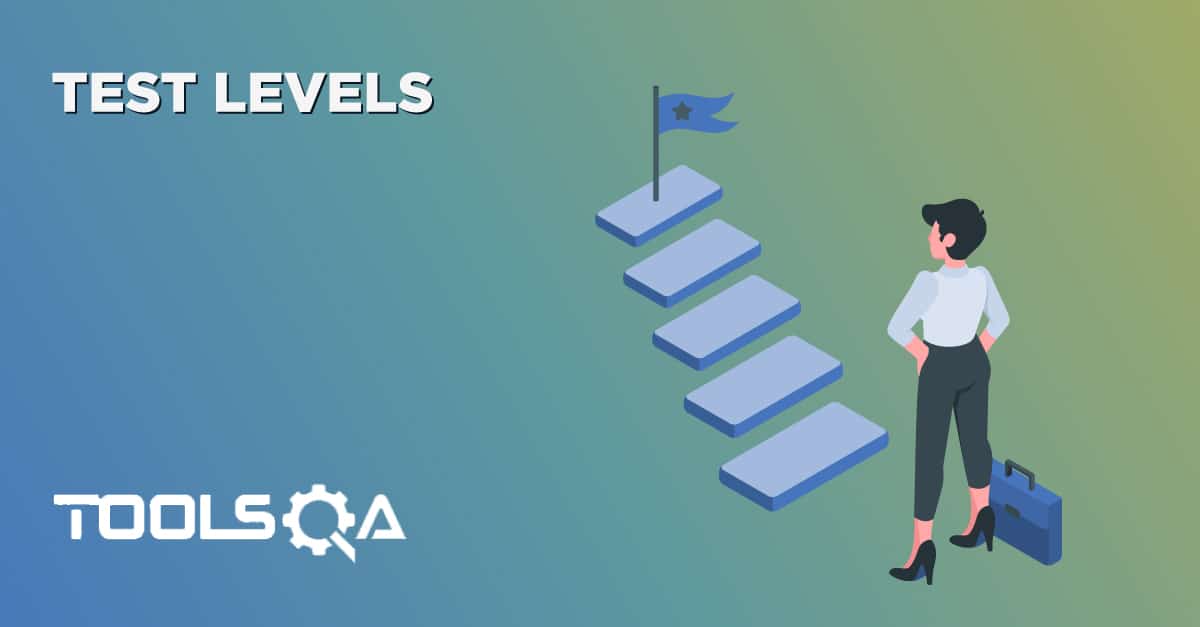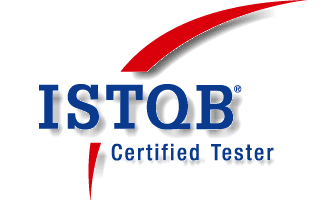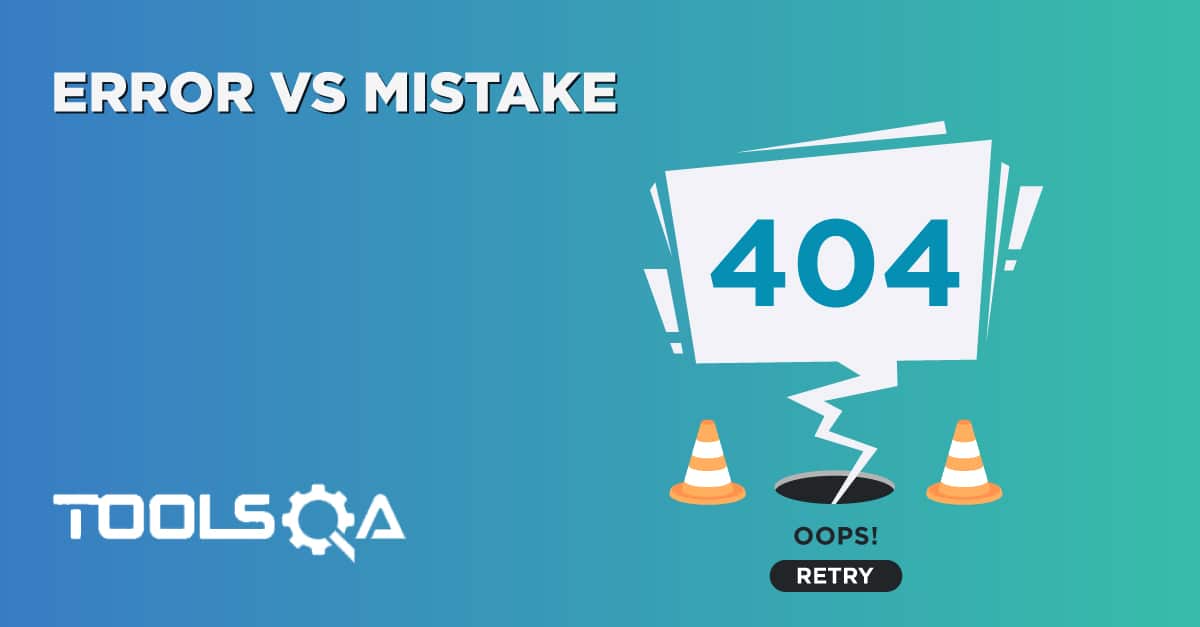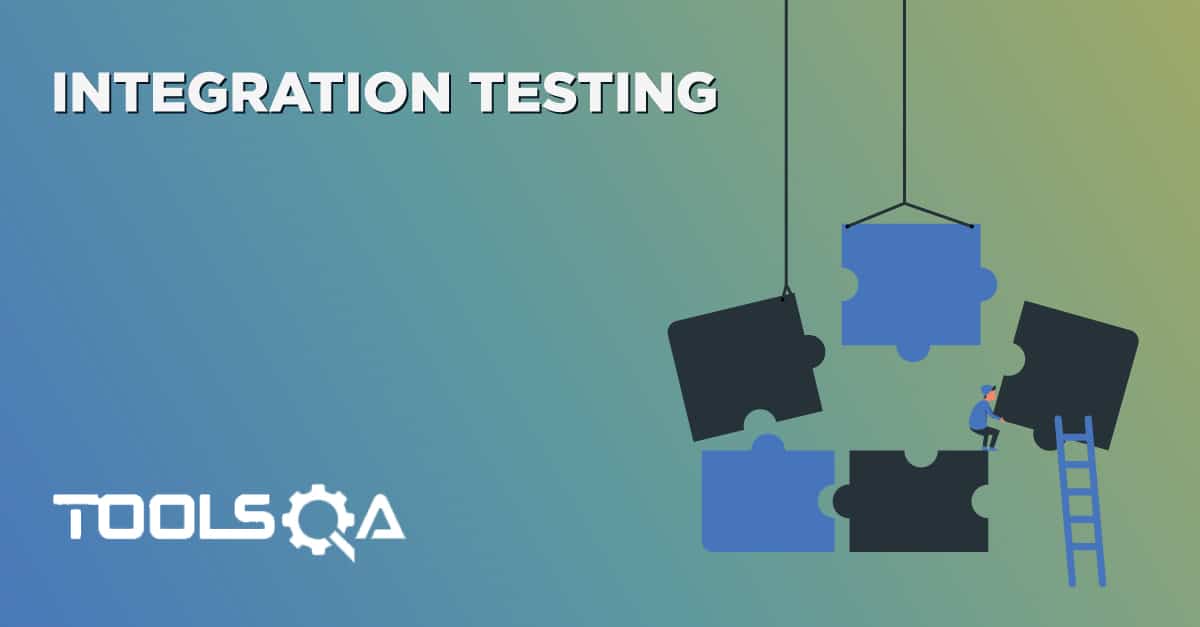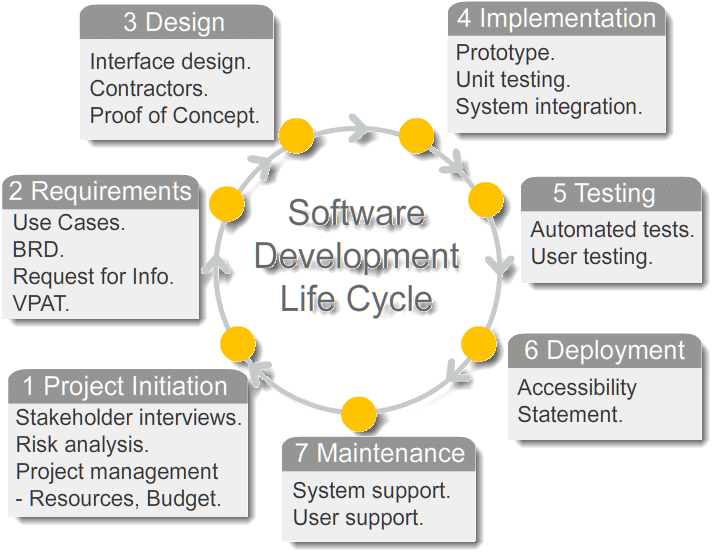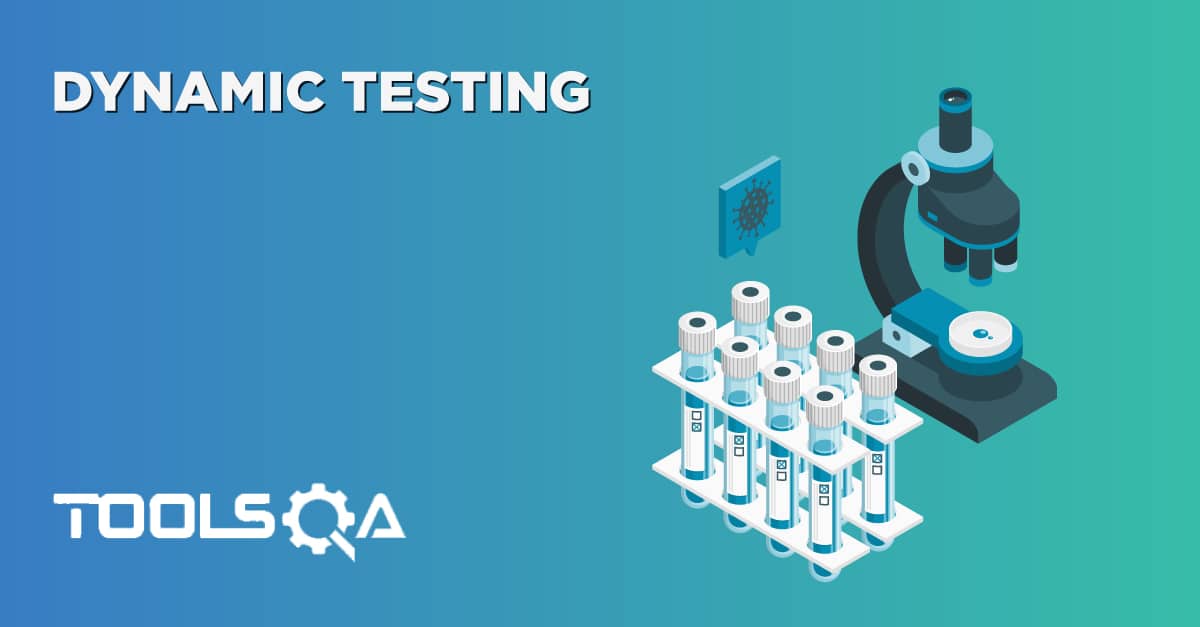Table of Contents
Below is the division of ISTQB Exam Syllabus with K-Level Break-Up.
1) The Fundamentals of testing: (K2)
- Why is testing necessary? (K2)
- What is Testing? (K2)
- Testing Principles (K2)
- Fundamental Test Process (K1)
- The psychology of Testing (K2)
2) Testing throughout the life-cycle: (K2)
- Software development models (K2)
- Test Levels (Eg. Unit testing, Component testing, Integration testing,etc.) (K2)
- Test types (Functional, non-functional, structural, change-related testing) (K2)
- Maintenance testing (K2)
3) Static testing: (K2)
- Reviews and the Test process (K2)
- Review Process (K2)
- Static analysis by tools (K2)
4) Test design techniques: (K4)
- Identifying test conditions and designing test cases (K2)
- Categories of test design techniques (K2)
- Specification-based or Black Box techniques (eg. BVA, Equivalence Partitioning) (K3)
- Structure-based or white Box techniques (K4)
- Experienced based techniques (Error guessing and Exploratory guessing) (K2)
- Choosing a Test technique (K2)
5) Test Management: (K3)
- Test organization (K2)
- Test Plans, estimates and strategies (K3)
- Test progress, monitoring and control (K2)
- Configuration management (K2)
- Risk and testing (K2)
- Incident management (K3)
6) Tool support for testing: (K2)
- Types of test tools (K2)
- Effective use of tools (K2)
- Introducing a tool into an organization (K1)

